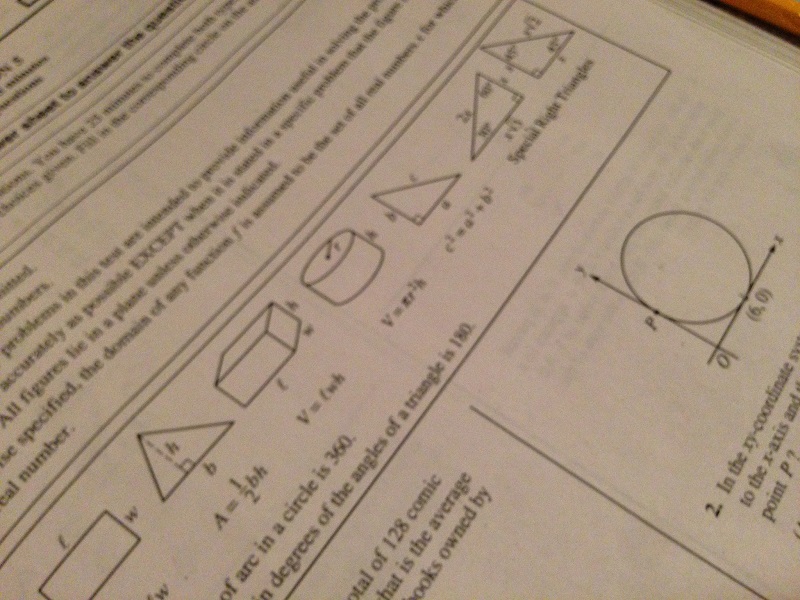New Computer Program Solves Geometry Questions Like a High School Student
If the computer’s geometry scores were extrapolated to the whole math portion of the SAT test, the system would get a score of 500 out of 800, on par with the average high-school student, according to a press release from the Allen Institute for Artificial Intelligence (AI2) and the University of Washington. This particular milestone came about as the Allen Institute for Artificial Intelligence, which so happens to be a research organization funded by Microsoft co-founder Paul Allen, showed off their GeoS system.
Researchers say that the ability to solve SAT questions that the system has never seen before required an understanding of implicit relationships; ambiguous references; the relationships between diagrams and natural-language text; and assumptions that haven’t been stated in the question. “Creating a system to successfully take these tests is challenging, and we are proud to achieve these unprecedented results”, commented an ecstatic Oren Etzioni, CEO of AI2.
In addition, senior research manager of Vision at AI2, Ali Farhadi, comments: “We are excited about GeoS’s performance on real-world tasks”. “Our biggest challenge was converting the question to a computer-understandable language”.
The GeoS analyzes the diagrams and text then applies the geometric information it has been taught to try and solve the problem.
In their paper detailing the results of their achievements, researchers explain, “Our method consists of two steps: interpreting a geometry question by deriving a logical expression that represents the meaning of the text and the diagram, and solving the geometry question by checking the satisfiablity of the derived logical expression”. The machine compares its answer with the choices for that question. Overall, it scored about 49 percent accuracy on geometry questions.
In 2014, the average SAT test taker correctly answered answered 49 percent of the test’s math questions. It detects the patterns and attempts to understand the diagrams.
With personal voice assistants like Siri or Cortana able to recognize what we say, to anticipation engines that can predict our next moves, scientists are moving into a field where AIs will be able to properly interpret problems and solve them.
For future studies, the institute plans to build computer system that can answer science tests, which require a knowledge base that includes elements of the unstated, common sense knowledge that humans have.








